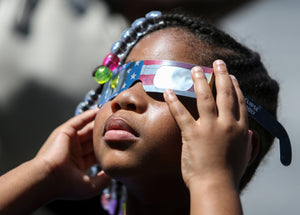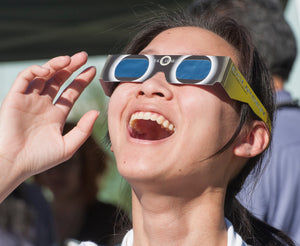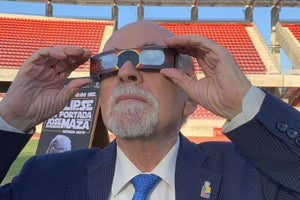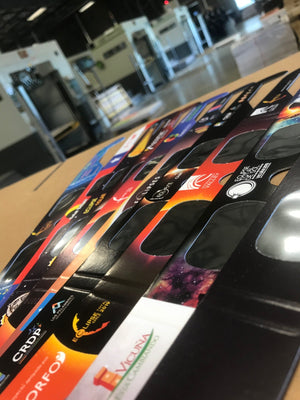Two Minutes of Magic: The 2020 Total Solar Eclipse
Alexandra Schonfeld

In a year that has been filled with many dark spots, the total solar eclipse gave people across South America a reason to look up (with their safe solar eclipse glasses).
The only total solar eclipse of 2020 occurred Monday and was visible in full across a small section of the South Pacific, Chile, Argentina and the southern Atlantic Ocean.
Onlookers in a wider region in the Pacific, southern South America and Antarctica were able to see a partial eclipse, according to Space.com. The last total solar eclipse was in July 2019 and was dubbed the "Great South American Eclipse" as it was almost exclusively visible in South America — much like today's event.
The next time a full solar eclipse is expected is in December 2021, over Antarctica.
What is a solar eclipse? It occurs when the moon passes in front of the sun from the viewpoint of earth. A total solar eclipse happens when the entirety of the sun is covered by the moon.
It was a sight to see around Chile and Argentina as people gathered, decked out in masks, rain ponchos and solar eclipse glasses provided by American Paper Optics — a combination beyond imagination, to see this event that happens somewhere on earth once every few years. Despite heavy rain that poured down hours before the eclipse was set to be visible in parts of Chile, it cleared enough for the show to be at least partially visible to onlookers.
From each viewing spot, the eclipse lasted for as long as a bit over two minutes to as short as six seconds, according to Space.com. The moon began passing in front of the sun around 9 a.m. EST with the first sight of a total eclipse beginning about an hour and a half later.
And in a year of extraordinary news each day, it's almost no surprise that on the same day of the total solar eclipse, is also the day when the Geminid meteor shower peaked. During the evening between December 13 and 14, the shower was most visible from earth. The best time to see the show would have been around 2 a.m., according to EarthSky.org.
- Jason Lewin





